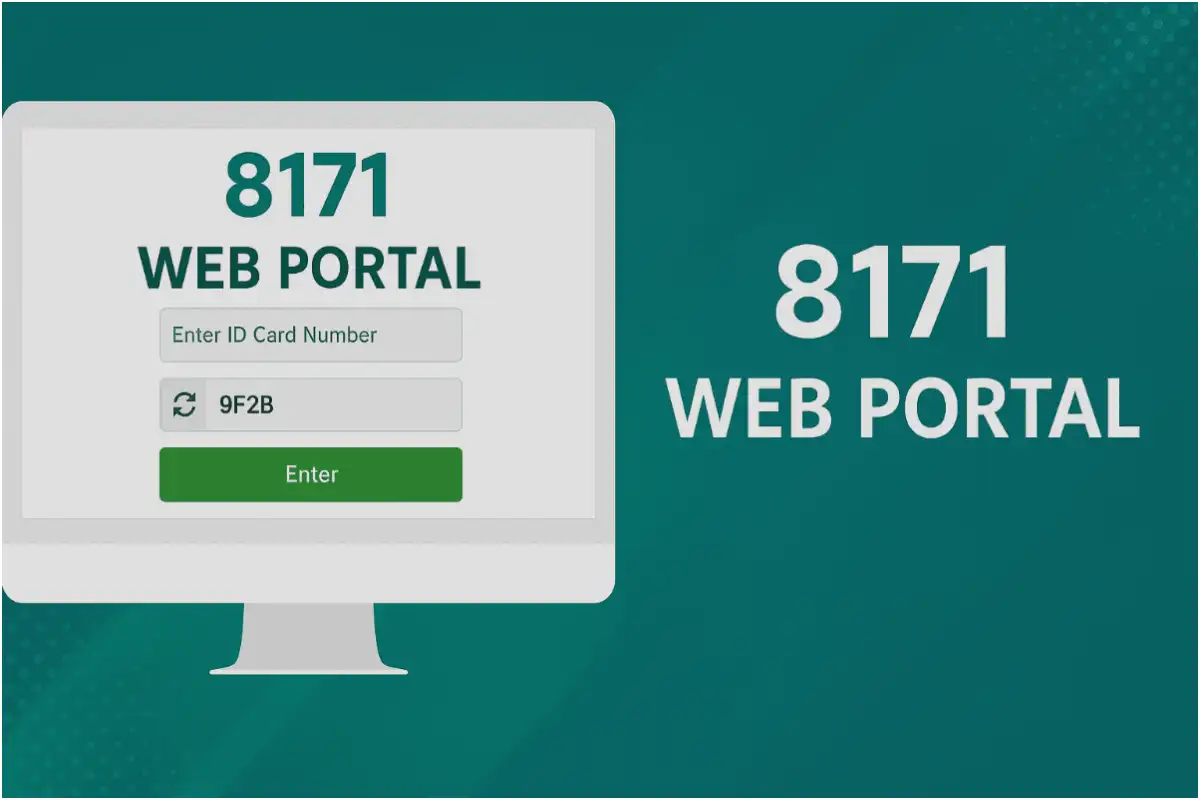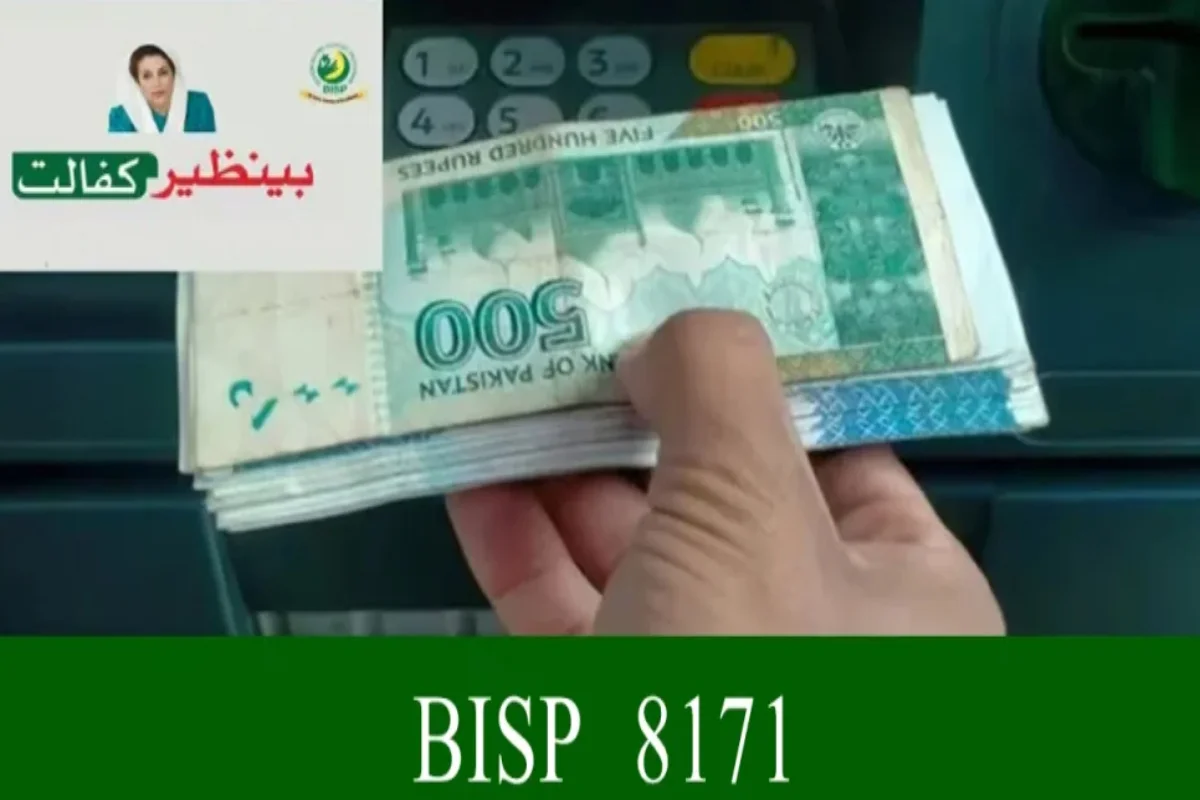Biometric success rates compared across districts

BISP 8171 Portal 2025 – Check CNIC, Registration Status & Rs.13,500 Payment
Biometric technology—like fingerprints, face scans, and voice recognition—has become part of our daily lives. We use it to unlock phones, check IDs at airports, and even in banking. But have you ever wondered: Do these systems work the same everywhere?
This article explains how biometric systems perform in different districts, why results can vary, and what factors make a system more or less accurate.
Why Performance Differs in Each Area
Biometric systems don’t always give the same results in every place. Here’s why:
-
Some areas have better technology and equipment.
-
Local populations are different (age, skin tones, accents, etc.).
-
Staff training and setup also vary.
By studying how these systems work district by district, we can improve them and make them more reliable.
Common Biometric Methods
Fingerprint Scanning
People place their finger on a sensor, and the system matches it with stored data.
Pros: Easy, cheap, works with multiple fingers.
Cons: Dirty or worn fingers can cause errors; low-quality scanners struggle.
Facial Recognition
The system scans facial features and matches them with photos.
Pros: Fast and touch-free.
Cons: Poor lighting or camera angles can reduce accuracy; may work less well for some groups.
Iris and Voice Recognition
These are growing in use. Iris scans check patterns in your eye, while voice systems analyze how you speak.
Pros: Very accurate, hard to fake.
Cons: Costly, and voice systems can fail in noisy places or with different accents.
Why Some Districts Do Better
Here are 5 reasons why performance varies:
-
Type of Matching
-
1-to-many (enrollment): Compares a person to a big database. More chances of mistakes.
-
1-to-one (verification): Matches one person to one record. More accurate.
-
Quality of Technology
Newer machines are faster and smarter. Older ones often make more errors. -
Population Differences
Things like age, skin tones, and facial features can affect how well systems work. -
Staff Training
Well-trained staff make fewer mistakes during scans. -
Environment
Dusty places, bad lighting, or loud noises can affect accuracy, especially in voice and face scans.
District Example (Fictional Data)
| District | Fingerprint Success | Facial Match Rate | Notes |
|---|---|---|---|
| Busy City | 94% | 86% | Heavy use, mixed population, tech issues. |
| Small Town | 96% | 91% | Fewer users, more time per scan. |
| Diverse Area | 90% | 82% | Older devices, varied population. |
Catch all the Trending News, Breaking News Event and Trending News Updates on GTV News
Join Our Whatsapp Channel GTV Whatsapp Official Channel to get the Daily News Update & Follow us on Google News.













